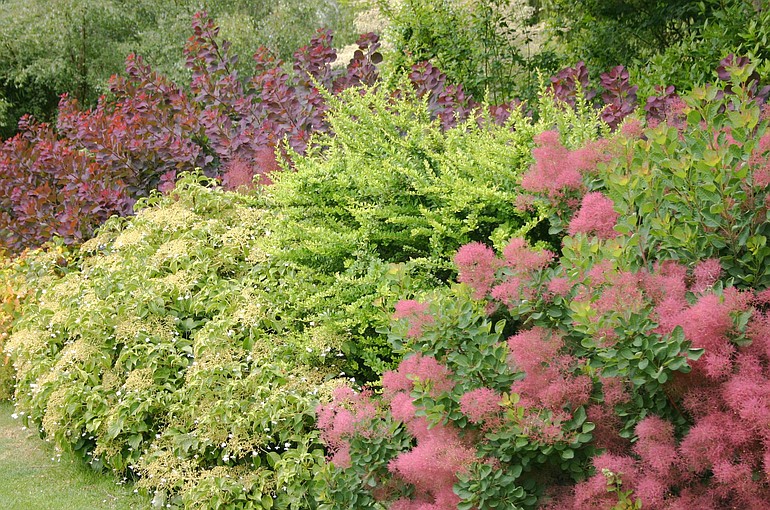Most gardens are at their peak of flower bloom in the month of June. This is the time of year when nurseries and garden centers draw us in with sheer flower power. Even a beginner with a newly planted garden can have a blooming border by mid-summer.
For most of us, the gardening obsession ripens with the peak of summer color. The experience of planting a perfect color combination delights the soul. Once we get it right, we commit ourselves to do whatever it takes to bring more color to the garden.
Anyone who dallies in the field of creativity will encourage new gardeners to try anything once. Time will be the ultimate teacher so for now let the ideas flow. Trying to control the nature of a garden is a full-time job, often fraught with frustration. Chaos is a more reliable helpmate to the creative spirit than control is.
The Oriental poppies are reliable, hardy perennials, easy to grow if planted in a sunny location with well-drained soil. If you have heavy soil, add planting compost and a handful of grit before planting. Think of them growing in their homeland of Armenia, where they emerge from rocky slopes and in dry meadows. Their large taproot ensures a tolerance of drought once established.




